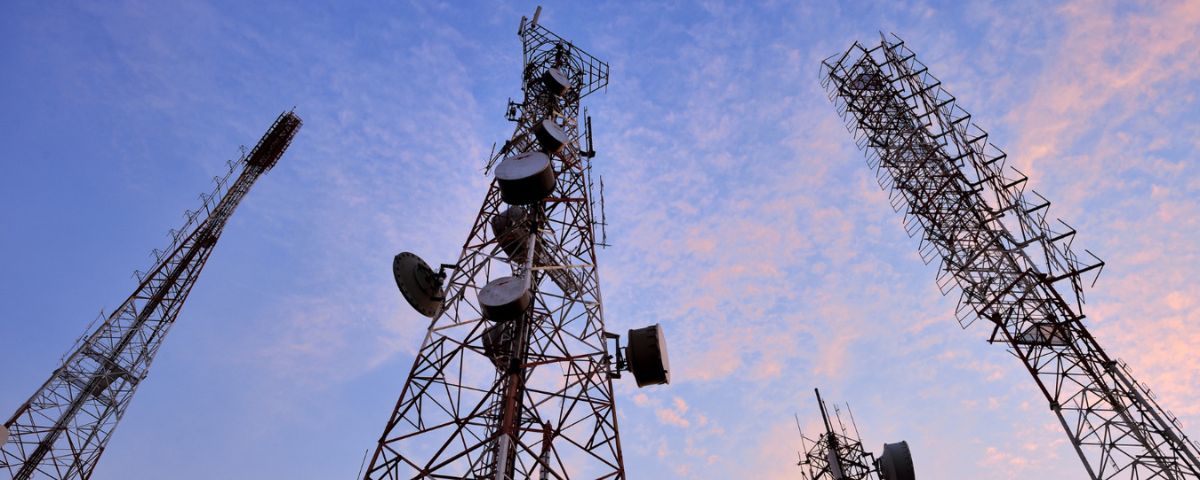
The government plans to revamp the production-linked incentive (PLI) scheme for the telecom sector to boost exports and integrate more micro and small enterprises into the manufacturing ecosystem. The Department of Telecommunications (DoT) has over Rs 1,000 crore in surplus funds, making funding for the expanded scheme feasible.
This expansion aims to establish a comprehensive telecom manufacturing ecosystem in the country, focusing on a broader range of network equipment. The PLI scheme initially aimed to enhance domestic manufacturing of telecom and networking products by increasing domestic value addition in key product categories. This objective has been achieved, and now there is a need to elevate the scheme to the next level to capture market demand for telecom gear in countries currently rolling out 5G, according to officials.
Discussions are underway to expand the scheme, with formal stakeholder consultations expected to begin soon. The initiative aligns with plans to export a full range of indigenously designed 4G and 5G stacks in 2024, leveraging technological outreach as a key foreign policy tool. Countries such as Kenya, Mauritius, Papua New Guinea, and Egypt have shown interest in Indian telecom technology.
Additional Funds
टेलीकॉम PLI के अन्तर्गत, 31.05.2024 तक
— DoT India (@DoT_India) June 27, 2024
✅ कुल निवेश – ₹3401 करोड़
✅ कुल बिक्री – ₹51,637 करोड़#PLI #विकास @rashtrapatibhvn pic.twitter.com/q7ctHKFW8l
Due to nearly half of the 42 PLI beneficiary companies failing to meet targets in FY23, the department had a fund surplus of more than Rs 1,500 crore. Although funds for FY24 have started being released, there remains a surplus of over Rs 1,000 crore. The DoT had previously announced that the scheme would generate additional sales of Rs 2.45 trillion and create over 44,000 jobs.
As of October last year, the Centre had received Rs 2,725 crore in investments from companies under the PLI scheme, out of the total Rs 4,014 crore committed. Products worth Rs 8,804 crore had been exported, and 15,500 jobs had been created by that time.
Terms and Conditions
Previously, companies had complained about the stringent incremental and production targets for the first year (2021-22). Currently, applicants must meet minimum global revenue criteria to be eligible under the scheme and can invest in single or multiple eligible products.
The scheme requires a minimum investment threshold of Rs 10 crore for MSMEs and Rs 100 crore for non-MSME applicants, excluding land and building costs. Eligibility also depends on higher sales of manufactured goods compared to the base year (FY20). The allocation for MSMEs has been increased from Rs 1,000 crore to Rs 2,500 crore.



